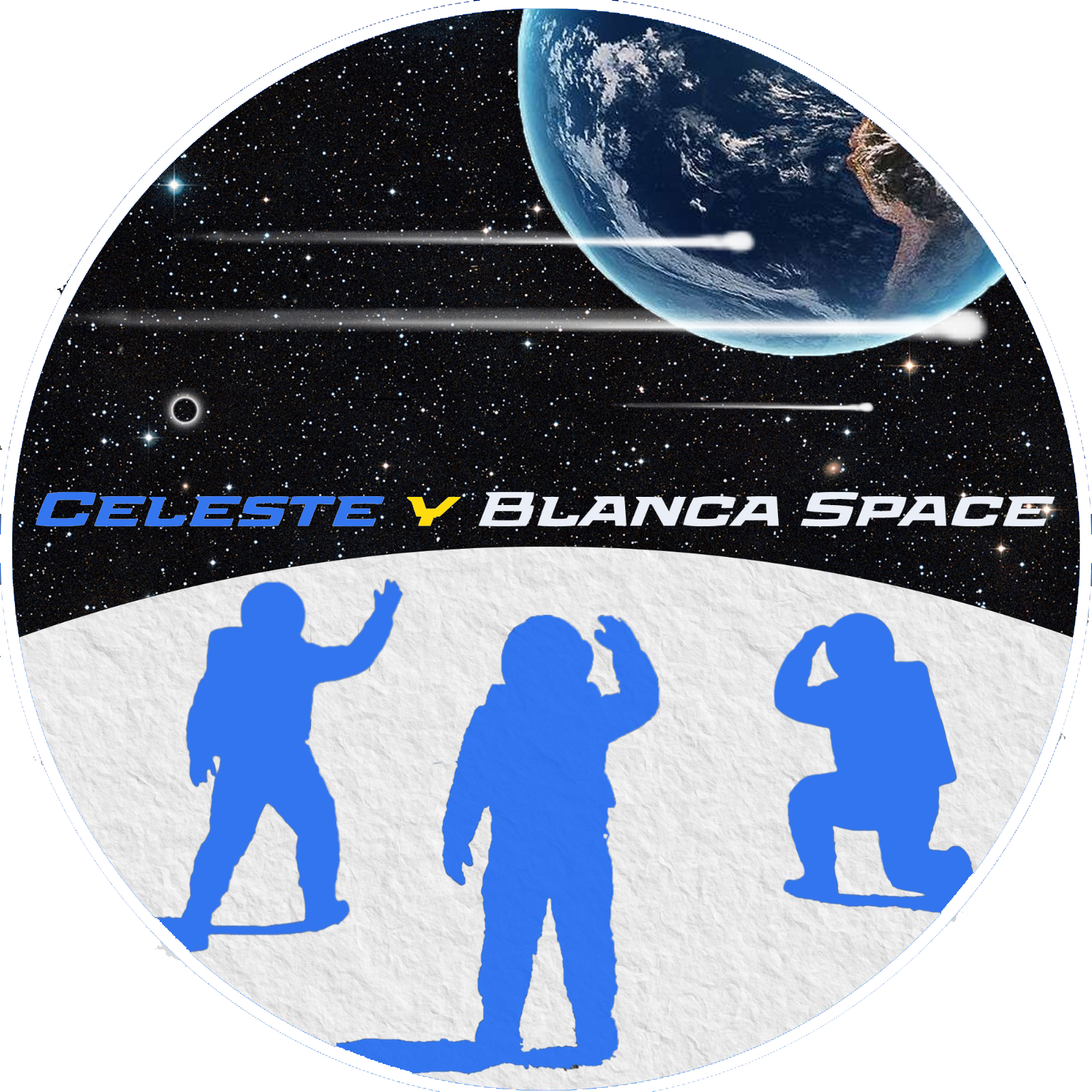Mitigation
NASA leads global efforts to protect Earth from possible asteroid impacts.
In 2016 it created the Planetary Defense Office, responsible for detecting, tracking and, if necessary, deflecting dangerous objects that may come too close to our planet.
What are Near-Earth Objects (NEO)?
They are asteroids or comets that orbit the Sun and that, in certain trajectories, can pass close to or even collide with Earth.
What does NASA do to prevent impacts?
- Detect and track asteroids: Uses telescopes, radars and space missions like NEO Surveyor to find them, measure their size and know their trajectory.
- Develop ways to deflect them: Creates simulations and technology to modify their course, as demonstrated by the DART mission.
- Prepare for emergencies: Coordinates with agencies like FEMA to define response protocols for potential threats.
- Collaborate with the world: Works with other international space agencies and educates the public about risks and possible solutions.
Real case: the DART mission
In 2022, NASA launched the DART mission, the first real test to check if it's possible to deflect an asteroid by impacting a spacecraft against it.
The target was Dimorphos, a small asteroid that orbits Didymos.
The spacecraft successfully impacted and managed to modify its orbit, demonstrating that, with sufficient time, a catastrophe can be avoided.
Featured technology in DART
- SMART Nav: autonomous navigation system that guided the spacecraft and corrected its course in real time.
- DRACO: high-precision optical camera to identify the target before impact.
- NEXT-C ion propulsion: efficient engine designed for prolonged missions.
These technologies mark the beginning of a new era in planetary defense, showing that humanity can prepare and act against real cosmic threats.
